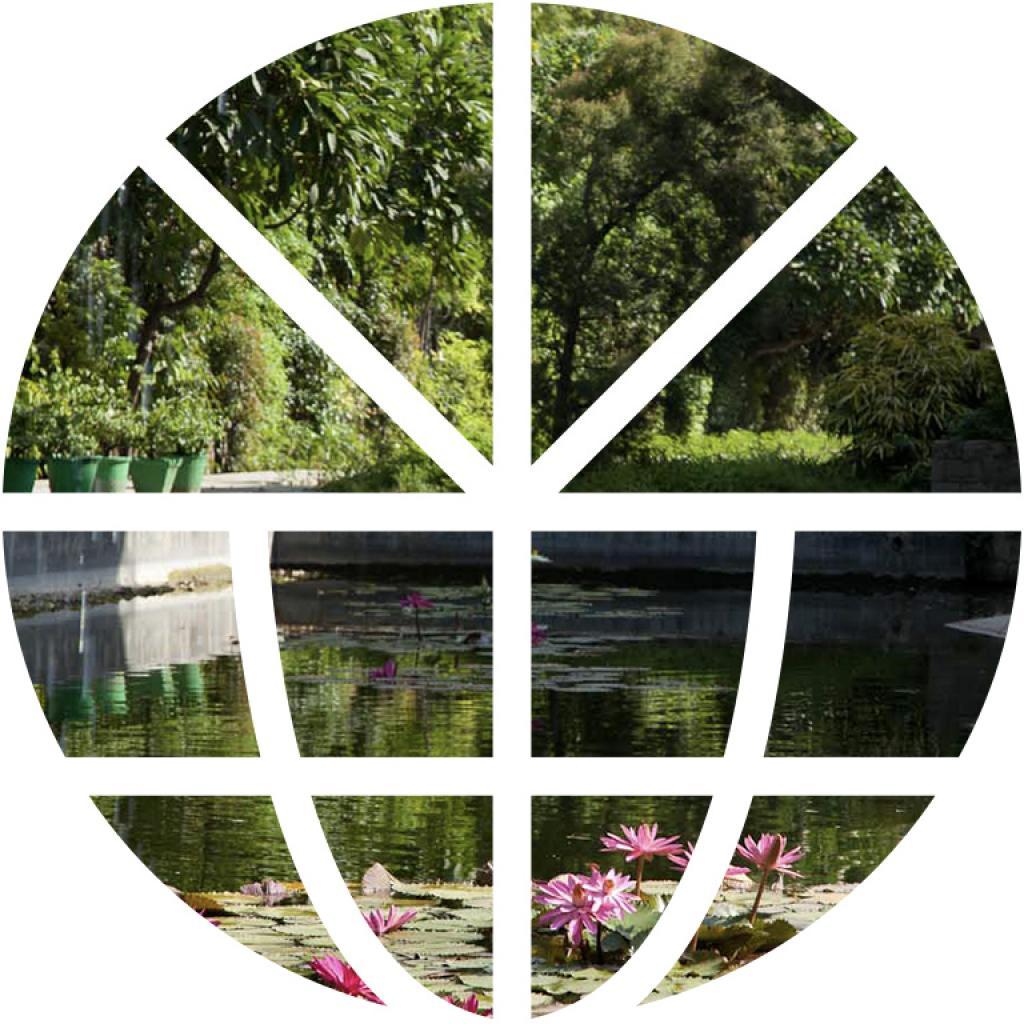(54 min; 2007; dvd; English & with subtitles)
Directors: Pepe Ozan and Melitta Tchaicovsky
Shot in remote areas of Northwest India, the homeland of the gypsies, the film captures the lives and journeys of vanishing nomadic communities who are believed to have common ancestry with the Roma (gypsies). Shot over a period of seven months, the film follows their ancient way of life, capturing weddings, shamanic rituals, and the music and dance of the snake-charmers (Kalbeliyas), storytellers (Bhopas), salt-traders (Banjaras), metalworkers (Gadolya Lohars) and musicians (Manganiars) who travel from village to village eking out a survival
India International Centre
Presents
Jaisalmer Ayo! Gateway of the Gypsies
(54 min; 2007; dvd; English subtitles)
Directors: Pepe Ozan & Melitta Tchaicovsky
Screening on Saturday, 9th February 2013 at 6:30 pm in the Centre's Lecture Room - II, IIC Annexe,
Lodi Estate (next to The World Bank), New Delhi 110003
About the film
Shot in remote areas of the Thar Desert in Northwest India, Jaisalmer Ayo! Gateway of the Gypsies captures the lives and journeys of vanishing nomadic communities who are believed to share common ancestors with the Roma (Gypsies). Covering a period of seven months, from the open roads of the desert to temporary encampments, the two filmmakers followed their ancient way of life capturing weddings, shamanic rituals, music and dance of the castes of snake-charmers (Kalbelyas), storytellers (Bhopas), salt-traders (Banjaras), metalworkers (Gadolya Lohars) and musicians (Manganiars) that travel from village to village in their struggle for survival.
A camel cart journey of snake-charmers and singers on their way to Jaisalmer serves as a thread to the story connecting the various episodes on the different nomad castes found along the way. The images, supported by minimal narration, carry the viewer through the intricacies of the Hindu caste system and the group's endogamous professions, similar to those practiced by the Roma in Europe.
The remarkable soundtrack of Rajasthani music blends magically with the images depict the ancient way of life, music, dance and rituals of the last generation of nomads who remain in the region

